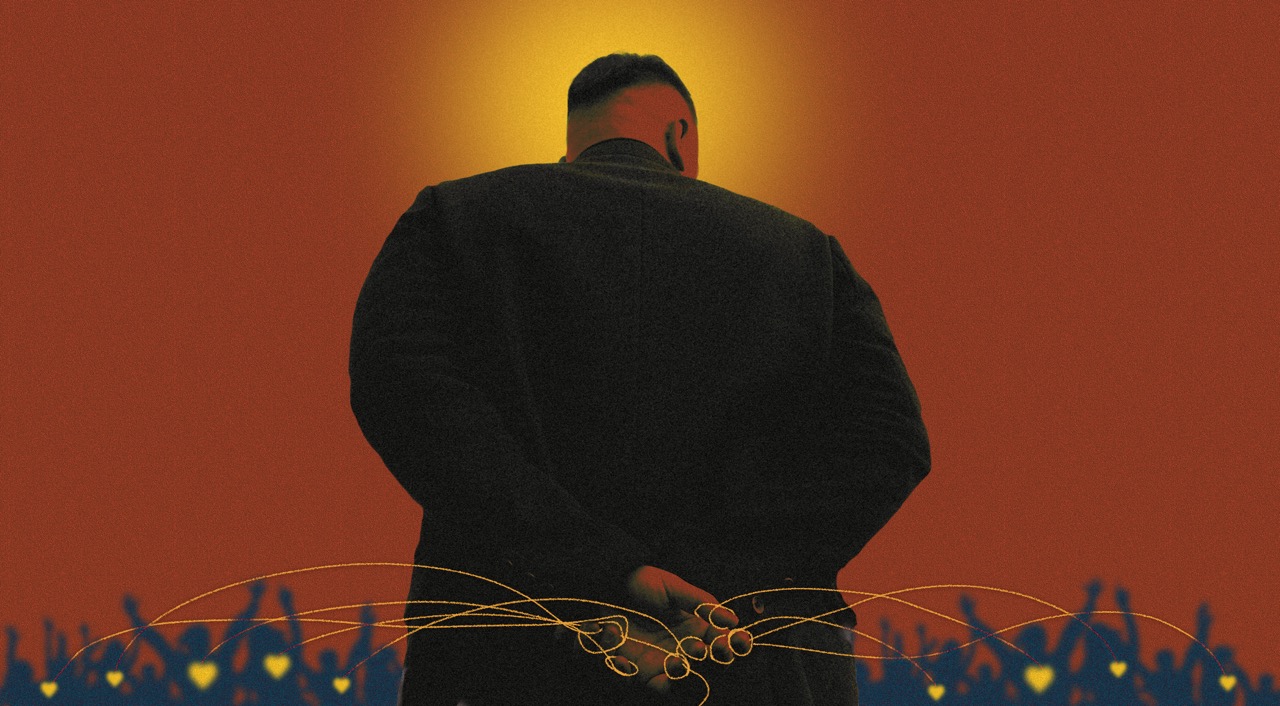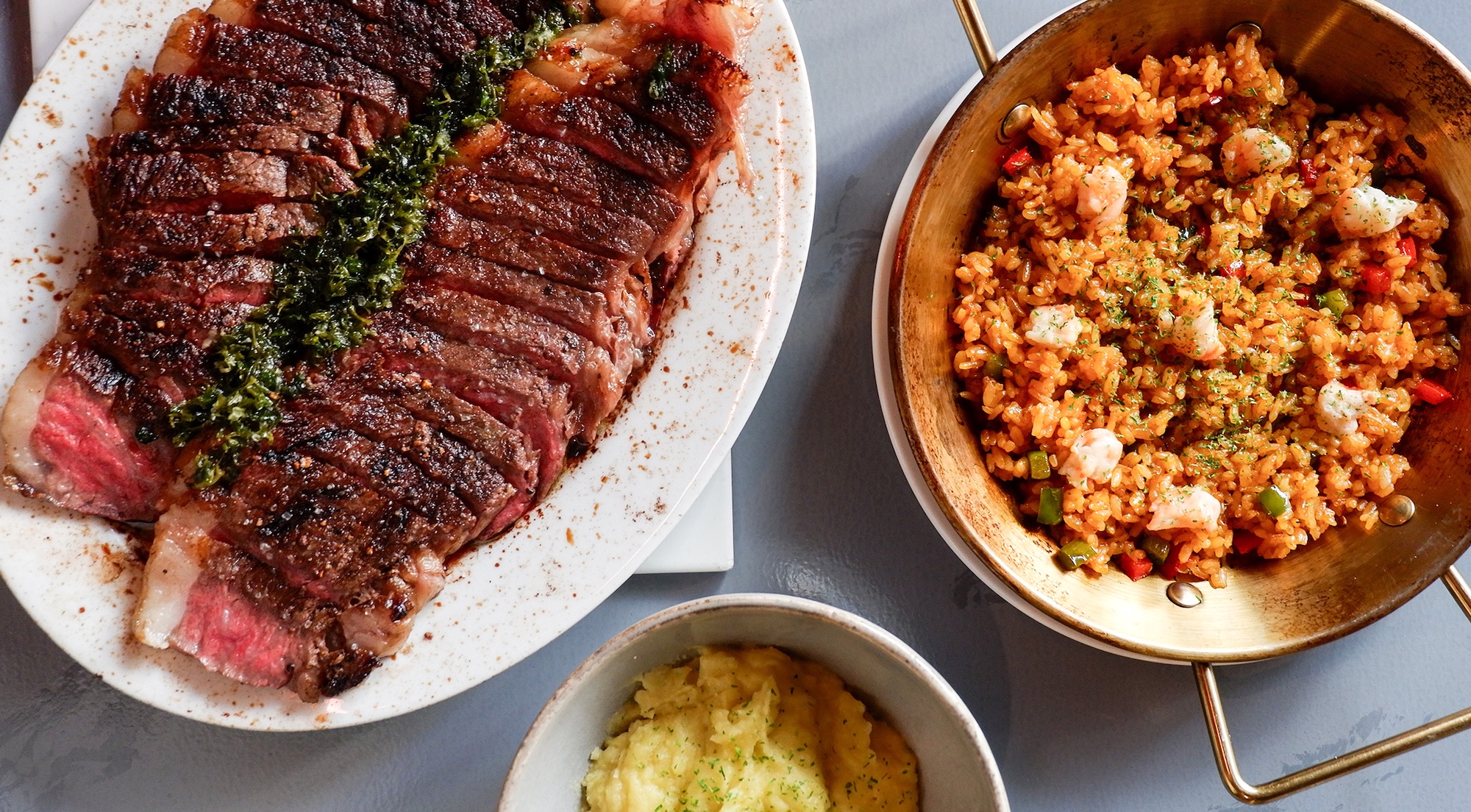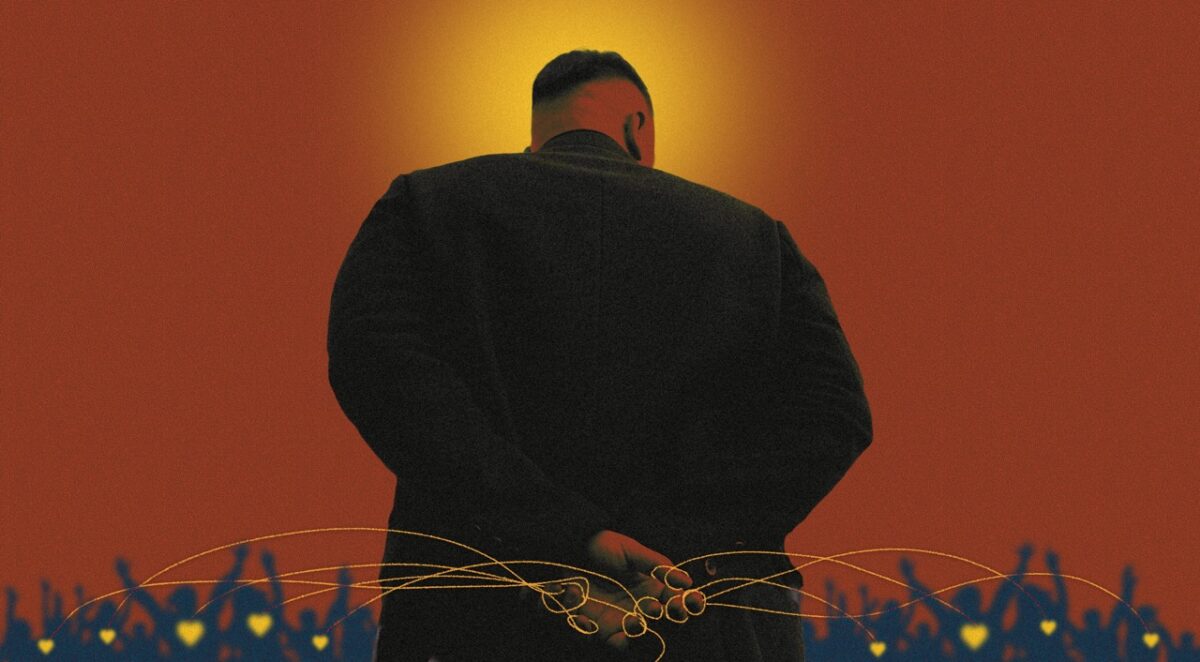Jose Rizal had class and charisma. He was a renaissance man who dazzled and insulted an archaic Spanish colonial ruler with his liberalism in modern politics. His symbol: a pen that is mightier than the sword.
Andres Bonifacio had guts, grit, passion and the angst of a suffering plebeian. The unsheathed bolo is his symbol.
Emilio Aguinaldo had the illustrado swagger, the cunning, the strategy and the cold-bloodedness of a military mind. The saber and revolver are his symbols.
All had heroic strengths and powerful symbols.
The rebel, the officer and the writer—all three were patriots who stood at the cusp of the biggest political upheaval of Spain’s 350 years of hegemonic rule of the Philippines.
Among the hundreds of leaders, Bonifacio, Aguinaldo and Rizal activated the tipping point, igniting the armed revolution that finally broke the yoke of Spanish rule in the Philippines.
Pero may kasamang malas. The Americans took over Spain by virtue of Adm. George Dewey’s bursts of gunboat cannon that defeated decrepit Spanish ships at the mouth of the Pasig River. Spain ceded the Philippines to the Americans. The Philippine revolution was stolen.
Johnnies-come-lately
The Americans were Johnnies-come-lately in the colonization game dominated for four centuries by seafaring Portuguese, preachy Spaniards, intimidating Brits, romantic French, and good-for-nothing Dutch (ask the Indonesians).
By the end of the 19th century, the age of colonization became passé. The French Revolution toppled monarchy and the American Civil War abolished slavery. Political freedom and individual rights became the new entitlements of countries and peoples on the brink of the industrial revolution.
The Americans deemed it appropriate to launch a brand-new Philippines to the world, a made-in-USA brand, a new country with Jeffersonian principles geared shortly for self-rule.
My professor in history, the late Carlos Quirino, named National Artist for Historical Literature in 1997, told us, in mock amusement, that when the Americans began instituting a Commonwealth form of government as our training for democracy in the 1900s, one of their concerns was the lack of a hero-worship mentality among Filipinos, an ingredient needed for nation building. Hero-worshipping is an American preoccupation that spurs their initiative in achieving big dreams and ambitions.
A search for our national hero was undertaken. An outstanding Filipino hero who could inspire and unite fragmented islanders into one great race in one great nation.
My top of mind: Bonifacio, Aguinaldo and Rizal should have been the top candidates. But according to Professor Quirino, the finalists were Jose Rizal and Marcelo H. del Pilar. Both were reformer-propagandist patriots who made great sacrifices for reforms on two fronts, Madrid and Manila. Rizal won hands down. He’s got the wow factor!
The elimination of Bonifacio and Aguinaldo was a biased act by the American military-civilian committee against local warrior chiefs without political savvy, just like the Indian chief Cochise and his Apache warriors, whom the American cavalry fought bloody battles with before they fought Filipino native rebels.
In choosing Rizal as the national hero, the Americans conceived of a holistic approach, that of a political ideologue and a visionary leader.
Fitting the bill
Rizal fit the bill, and here’s why.
Rizal’s ideology of liberalism. Rizal was a precocious observer of the political life. His nationalism started way back in his youth, a nationalism based on democratic principles. He sustained his ideology of liberalism in all his writings as a propagandist in Madrid and Manila. He was a reformist at heart. He is considered the role model for a nationalist patriot in Asia, where several forms of foreign rule existed. For his struggle and martyrdom for the cause of freedom, he merited the honor of being the Pride of the Malay race.
His role as communicator-leader. This was the biggest contribution of Rizal to the cause of enlightenment of both the oppressed Filipinos and the oppressor Spaniards. His novels “Noli” and “Fili” served as graphic messages on the evils of abusive colonial rule. His many editorials, poems, essays and letters invoked love of country and pursuit of knowledge to uplift quality of constituency.
His famous “Mi Ultimo Adios” is the most soul-stirring message of love for one’s country. His message to the youth as the hope of the fatherland and his advocacy for feminism showed his huge respect for Filipino women. His treatise on “The Philippines, A Century Hence” reveals his visionary grasp of a country destined for future greatness.
Rizal wrote everything down as his legacy for the new generation. Leadership by communication was his forte.
His romanticism. Rizal’s martyrdom in the public square, his many tragic love affairs, his internationalist swagger, his speaking skills in several languages, and his writing of two revolution-igniting novels are the stuff of legend. His public execution at age 35 was a class act, full of style and charisma. As the rifles burst, he spun heavenward to gaze at the sky.
His death was a statement of courage, not fear; love of country, not shame; pride of honor, not sedition—the big catharsis that made Filipinos one people in one nation, bringing dishonor to Spain’s colonial rule.
Right after Jose Rizal was chosen as our national hero, hundreds of Rizal monuments in the decade following 1910 went up in the central plazas of every town. At last we had a patriot to look up to, standing regally on an 18-foot pedestal, dressed in an elegant suit with an overcoat, a universal man, a fabled hero who ranks with the best in world—Jose Protacio Rizal.
E-mail the author at hgordonez@gmail.com.










































